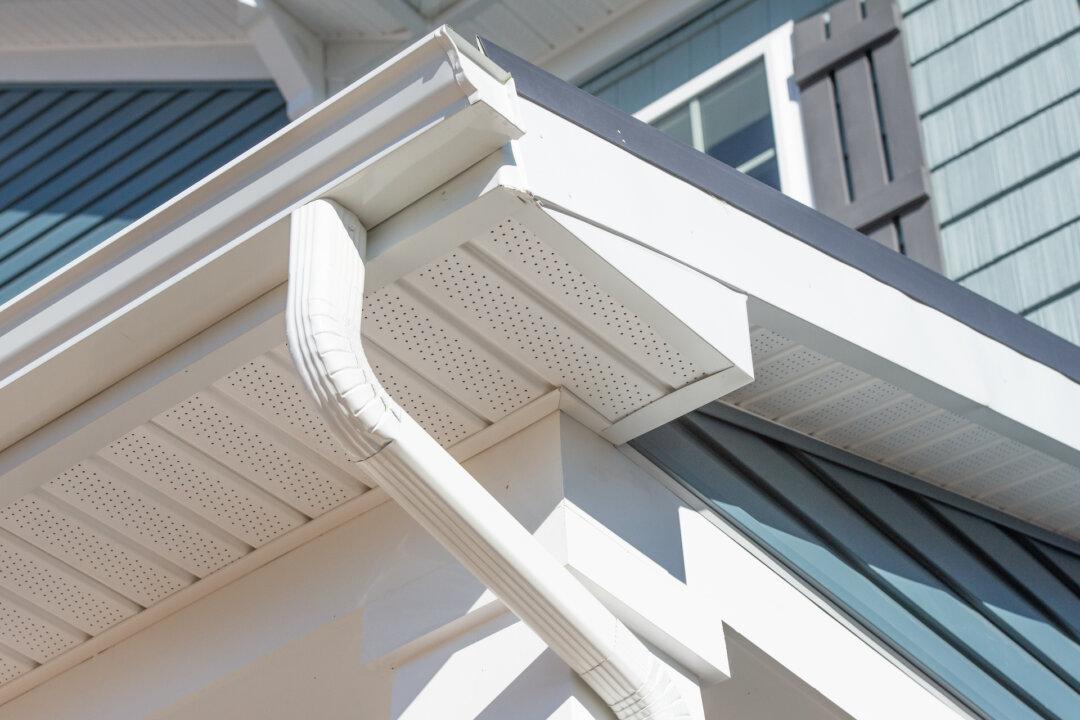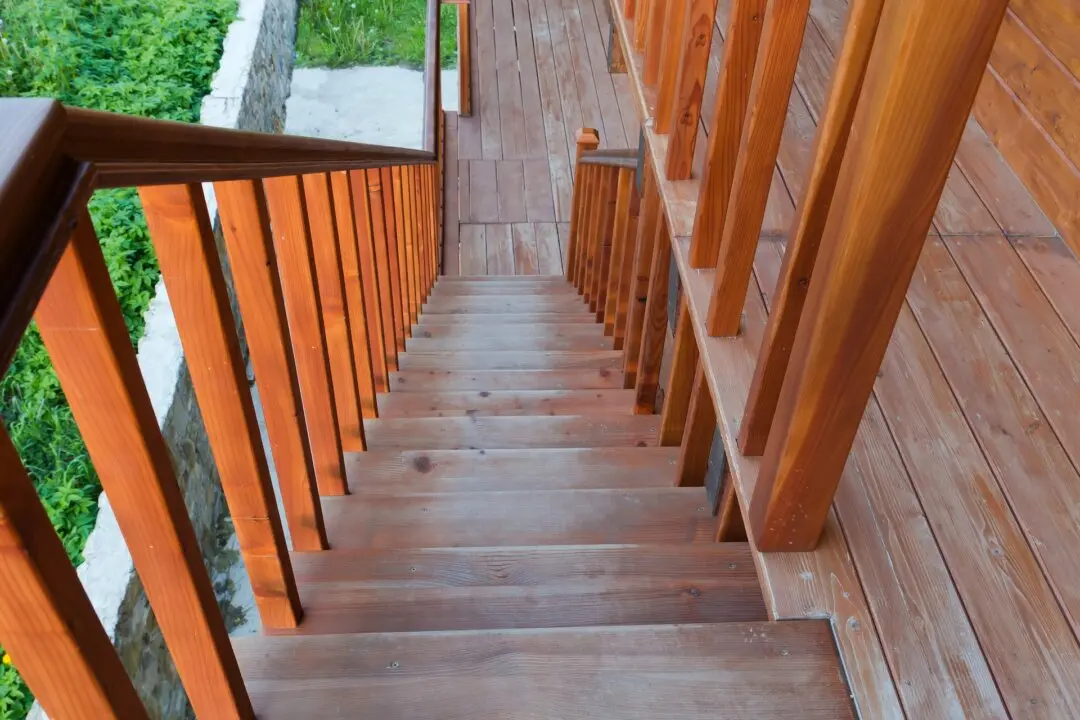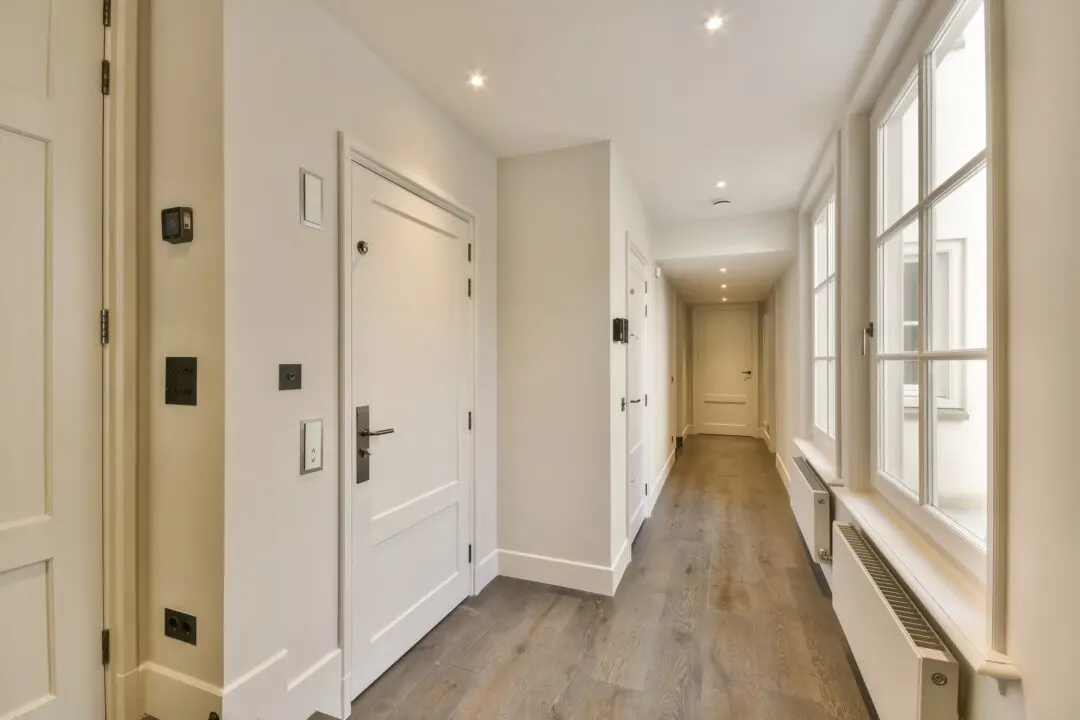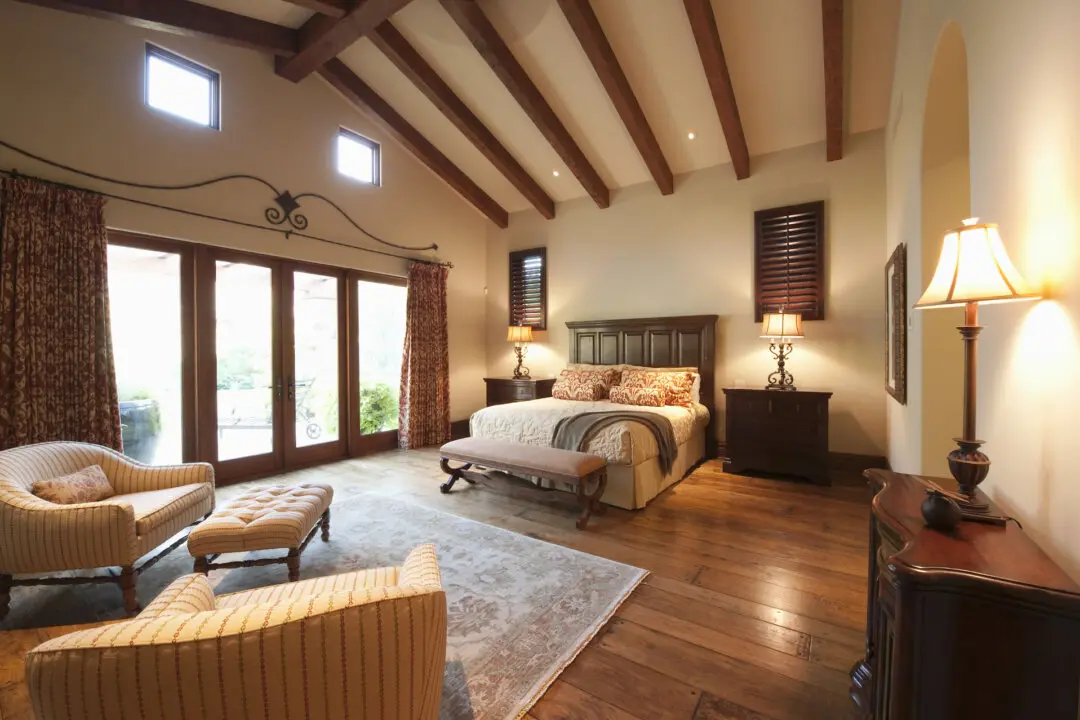Dear James: I am tired of having to paint soffit on my ranch house. I think installing aluminum soffit with vents is better. Is this a project for the average do-it-yourselfer?—Juanita F.
Dear Juanita: I would not recommend trying this yourself with a two-story house, but with your one-story ranch, it is a doable project. Aluminum soffit is lightweight and easy to cut. The major problems are working over your head and handling the long pieces of soffit.





